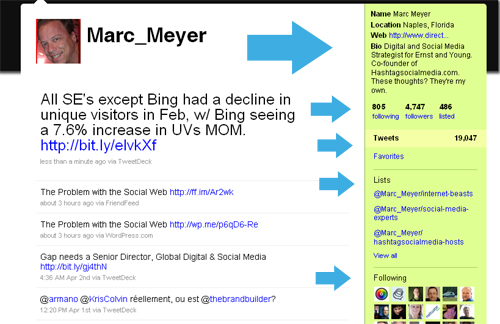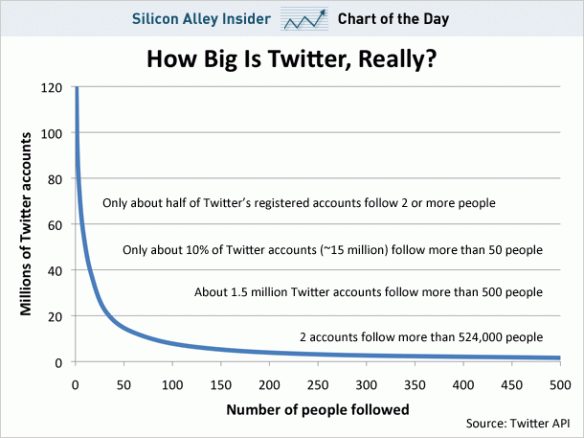More than 2 years ago Jason Breed and I decided to create a Tweetchat. The format was pretty simple, we would find a killer, compelling host in the social space, like a Beth Harte who was our very first host, and we’d pick a killer, topical, compelling, subject. After we settled on the topic, we would collaborate on 3 questions and off we would go to promote it for the following Tuesday. We also decided to create a killer, award winning, website thanks to developer Terry Mckyton that would captures all of the conversations in real time and even allows you to tweet from the site, but other than that, we were ready to go have Tweetchats. Boom.
When Jason first called me, he was looking for ways to brand his previous company. At the time, the Tweetchat, “Journchat“, was on fire and that was our inspiration. In the course of about a 1 minute conversation, Hashtagsocialmedia was born. We had no idea that 2 years and 138 tweetchats later, “Hashtag” as we call it would still be chugging along.
So what have I learned?
1) Tweetchat’s don’t work w/o participation. From having great hosts to having great participants, you need both to succeed.
2) The content comes from the crowd. The gold is in the conversations.
3) Trolls can easily be exposed and don’t last long, but contrarians can bring balance and perspective.
4) There is always a retweetable soundbite that can sum up the discussion. Always.
5) There is never a shortage of topics though some seem to be more popular than others.
6) Passion is never on short supply.
7) Smart people are everywhere.
8. The generosity of the hosts has always surprised me and yet doesn’t.
9) The value of the conversations lasts longer than the Tweetchat
10) We can always learn and takeaway something even from sub-par Tweetchats
11) Every Tweetchat will be different. No two are the same.
12) There is a ton of room for growth for all Tweetchats.
13) There needs to be a next gen level of Tweetchats
14) Businesses, brands and companies should incorporate tweetchats into their marketing mix
15) People actually learn from tweetchats.
I could easily come up with 123 more “things” I have learned, because I have learned something from each and every one of them, but the point is, there is always a takeaway. In fact, not only have I grown from these Tweetchats, but also from the half dozen others that I pop in to from time to time. The bottom line is that Tweetchats are a tremendous opportunity to network, grow and expand your user, knowledge and friend base to the nth degree.
I’m better because of our Tweetchat, I’m better because of the people I’ve met from them, and I know it brings value to others and that makes me feel pretty damn good. Tweetchats work. So tell me, have you participated in our or any Tweetchat? What has been your experience?








